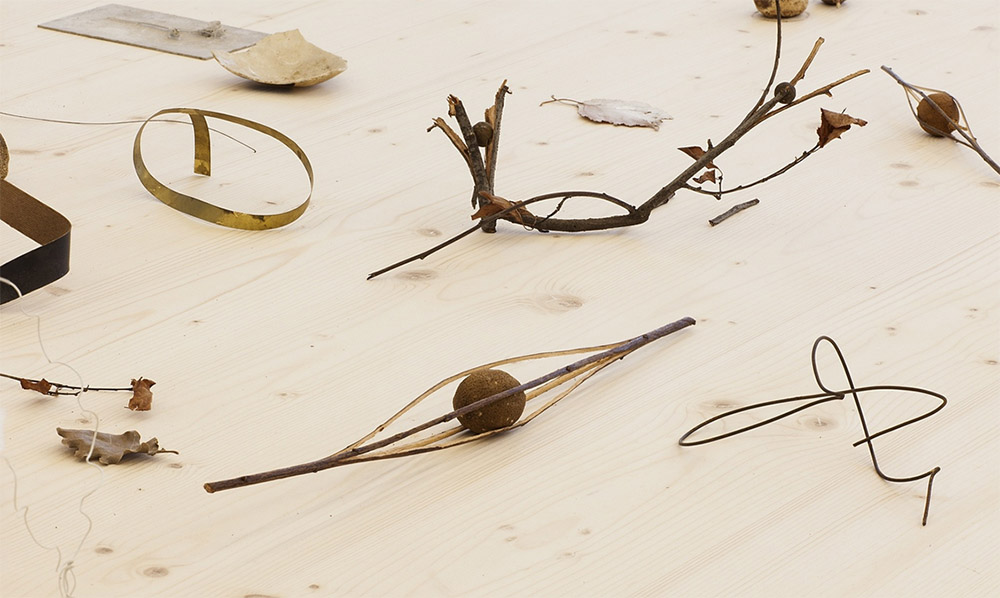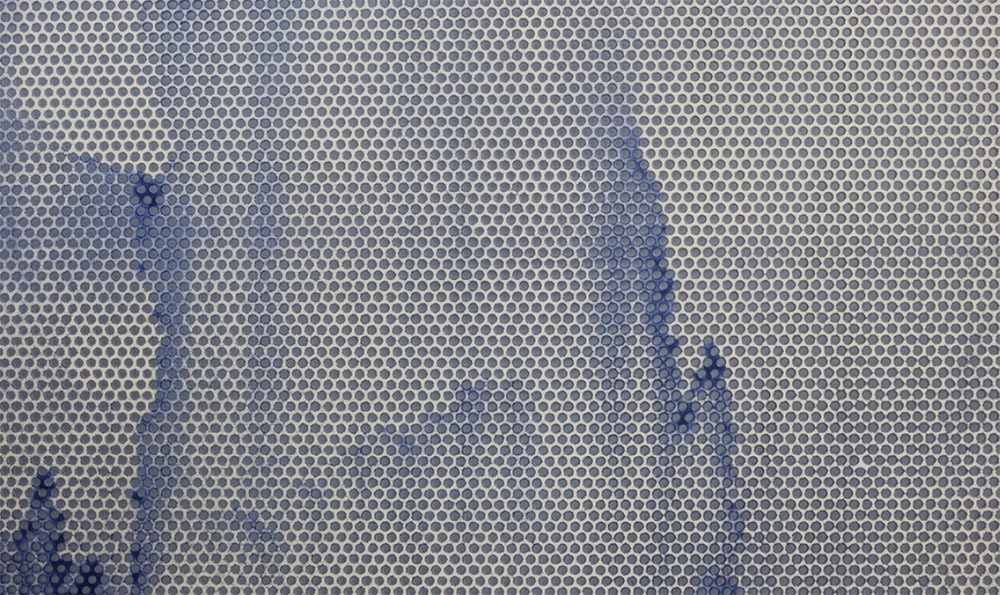ART CITIES:Berlin-Martin Boyce
 Martin Boyce’s sculptures, photographs and installations poetically investigate the intersections between art, architecture, design, and nature. Since the beginning of his career, he has incorporated a palette of shapes and forms that frequently recall familiar structures from the built environment – a phone booth, a chain-linked fence, a ventilation grill, to name a few – yet presents them in a way that is entirely new. Collapsing distinctions between past, present, and future, Boyce’s works seem to exist in their own autonomous world, untethered to any fixed time or place.
Martin Boyce’s sculptures, photographs and installations poetically investigate the intersections between art, architecture, design, and nature. Since the beginning of his career, he has incorporated a palette of shapes and forms that frequently recall familiar structures from the built environment – a phone booth, a chain-linked fence, a ventilation grill, to name a few – yet presents them in a way that is entirely new. Collapsing distinctions between past, present, and future, Boyce’s works seem to exist in their own autonomous world, untethered to any fixed time or place.
By Dimitris Lempesis
Photo: Esther Schipper Gallery
Martin Boyce for his solo exhibition “The Light Pours Out” at has subtly transformed Esther Schippe’s Gallery space by creating a system of moldings that cover the walls, turning their surface into sculptural settings and formal frames for his sculptures. Presenting new works from his series of painted panels of perforated steel with attached metal elements, large-scale screens, and works from his series of Jesmonite panels, the artist continues his hybridization of distinct traditions of art, architecture, design, and urbanism—both Western and Eastern, modernist and historical. In a further nod to the artist’s ongoing exploration of painting by other means a series of works made from colored perforated steel panels with elements consisting of chains and small lanterns punctuate the sections formed by the molding. (When the panels intersect the molding, its the formal and conceptual function as framing device becomes even more apparent.) Painted and stained, the monochromatic panelshave a luminous quality. The color has a fluidity reminiscent of ink or watercolor, staining the perforated surface with delicate cascading pattern. In the context of Boyce’s interest in Chinese art, the works bring to mind the characteristic compositions of Chinese painting of mountainous landscapes. The attached lanterns and chains reinforce such an association: a recurring motif in Boyce’s work, the metal lanterns refer both to the characteristic shape of Chinese lamps and lanterns and to those based on his engagement with the Martel brothers’ trees. The charged balance between sparseness and iconographic motif of the single sculptural component of each work, further recalls a stylistic device developed by traditional Chinese and Japanese painting practice. Two sculptures, one that pairs a standing lamp on a painted door raised slightly above the floor, as if floating in parallel to it, and another that includes a lamp suspended from a large-scale metal frame recalling the head- and footboard of a bed standing on its head, continue this entanglement of organic, anthropomorphic, and machine associations. Two large-scale free-standing works function both as dividers and frames, a form Boyce has employed as part of his creation of hybrid architectural landscapes to highlight the polysemy of screens as boundaries, openings, and markers of liminal spaces. Their diaphanous quality—the surface is made from semi-transparent glass-reinforced plastic mounted over a rectangular metal frame, emphasizes their function as conceptual thresholds.
Info: Esther Schipper Gallery, Potsdamer Strasse 81E, Berlin, Duration: 26/10-1/12/18, Days & Hours: Tue-Sat 11:00-18:00, www.estherschipper.com

